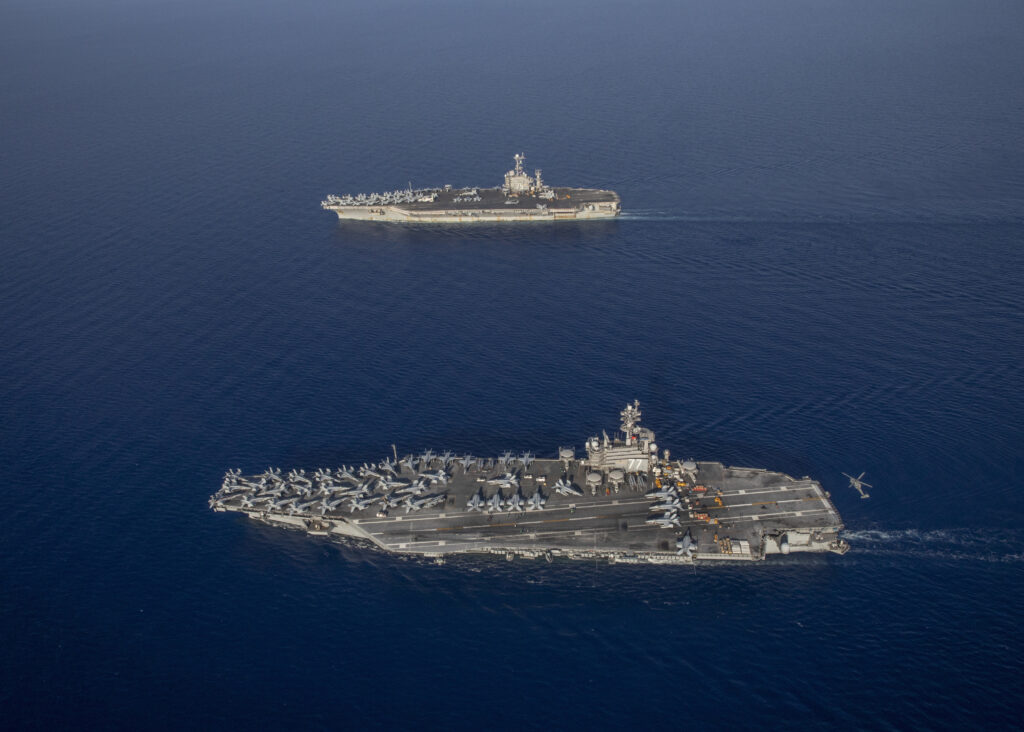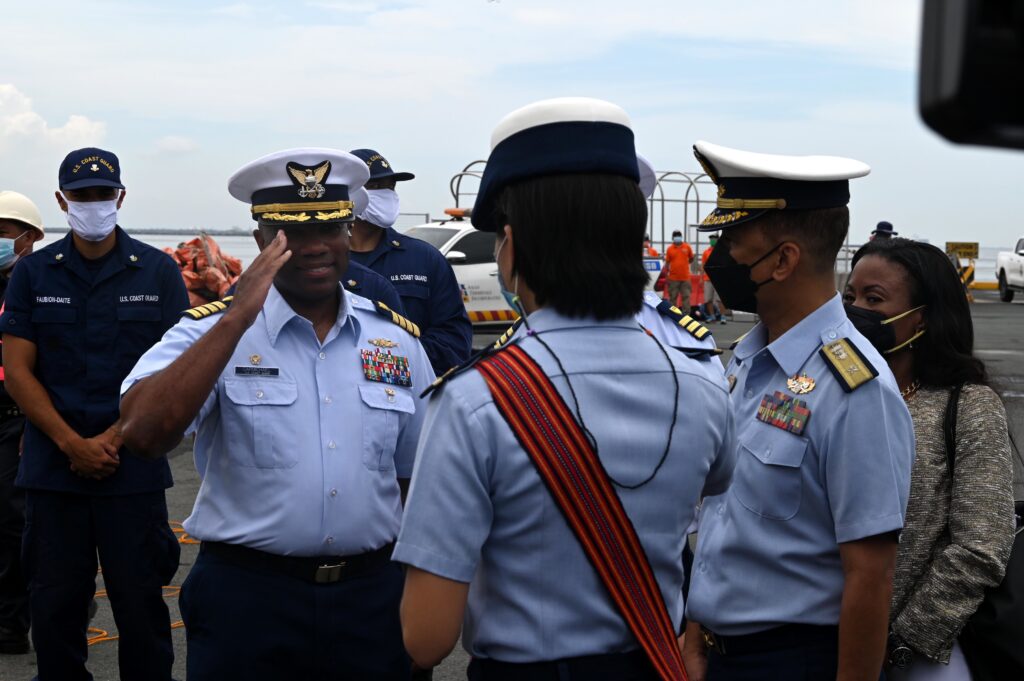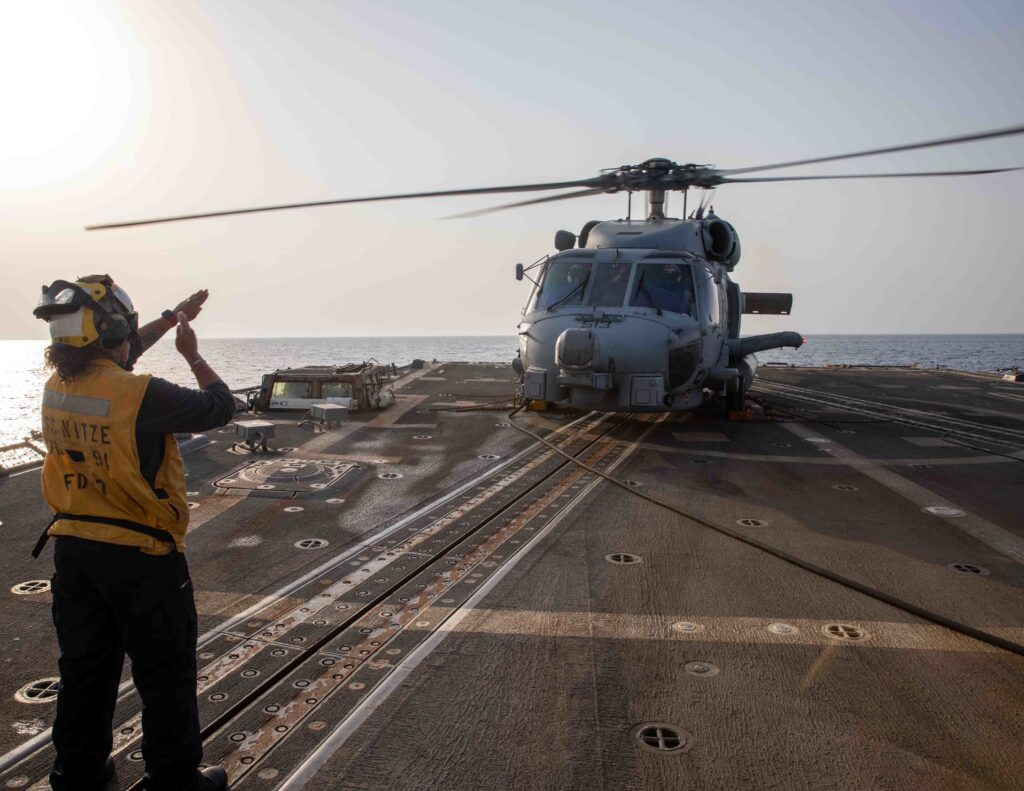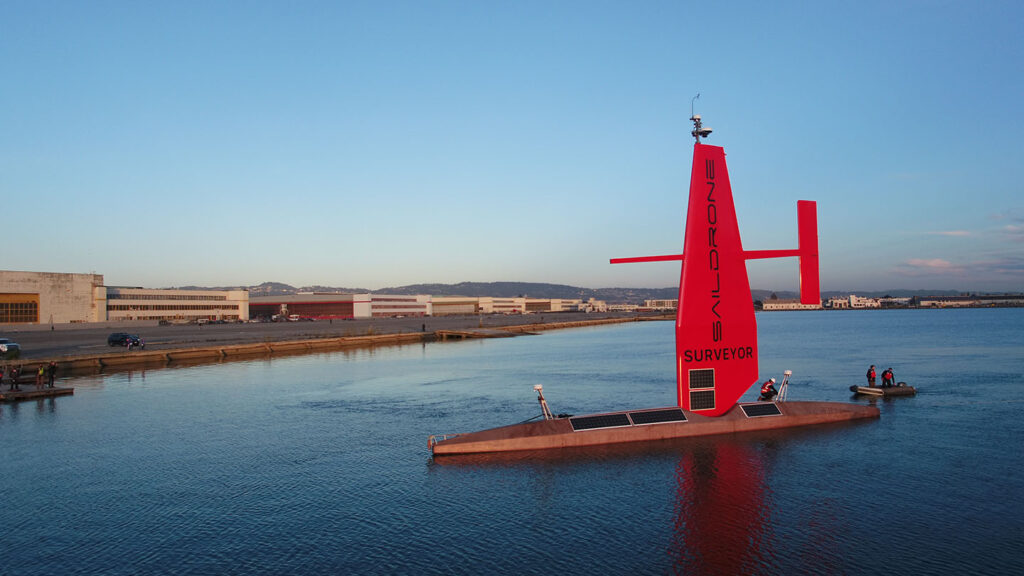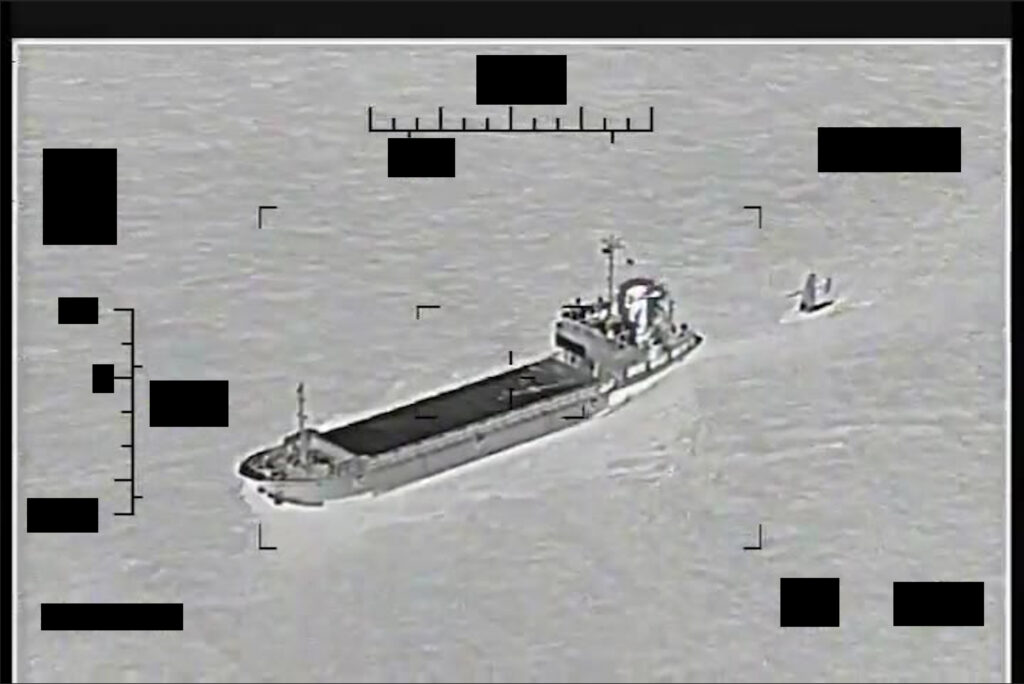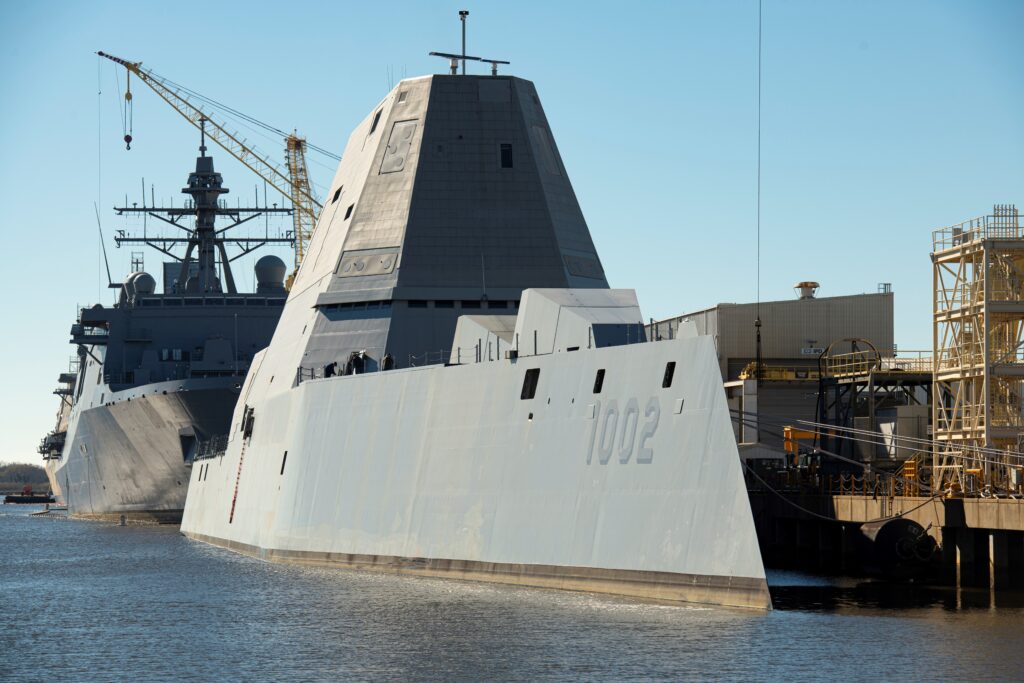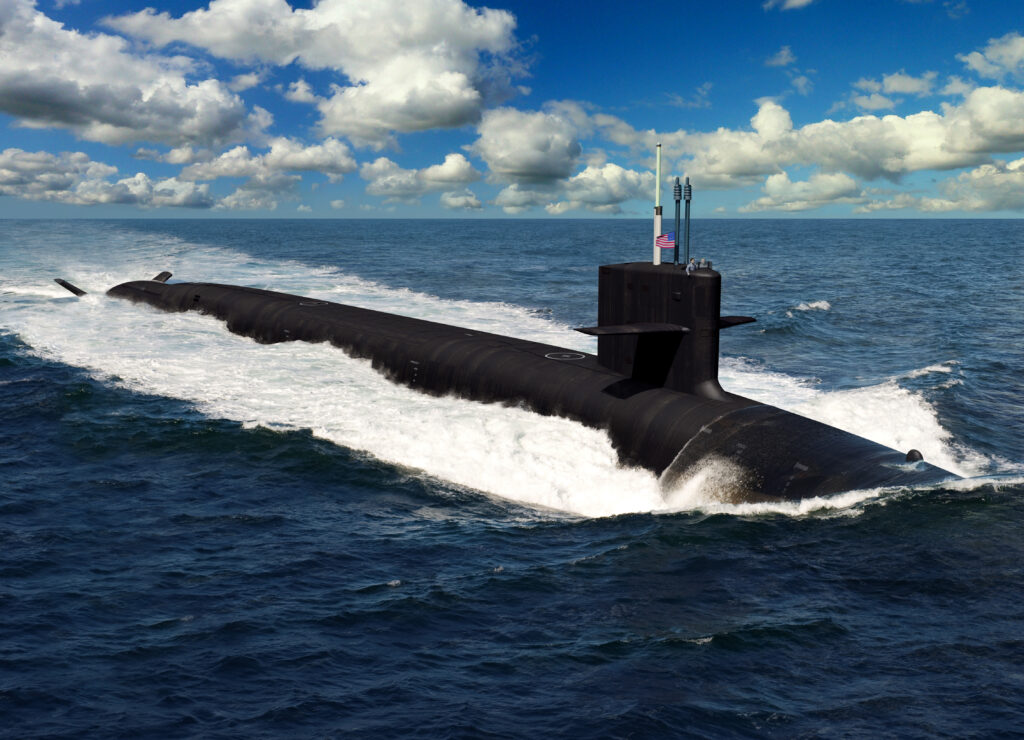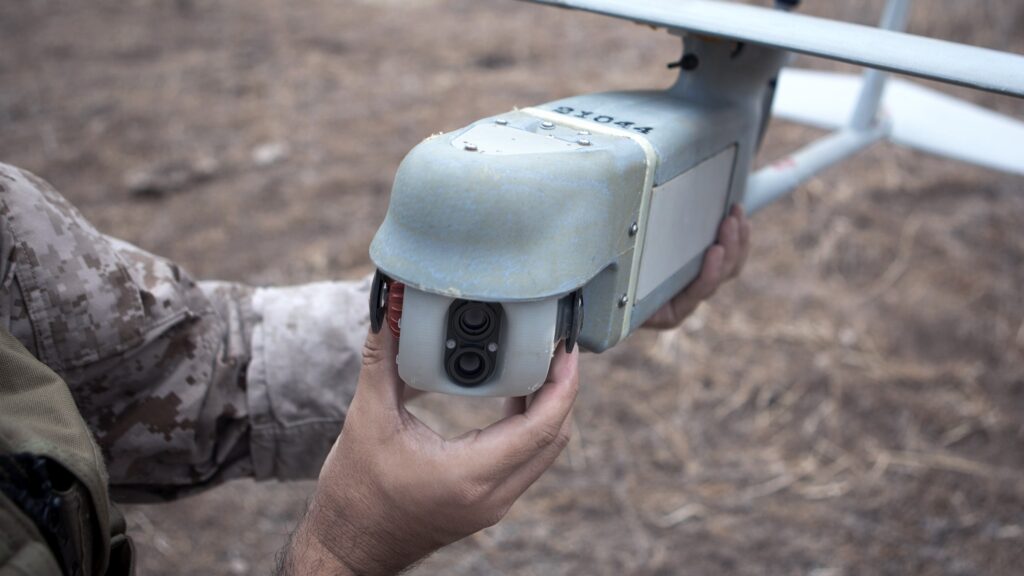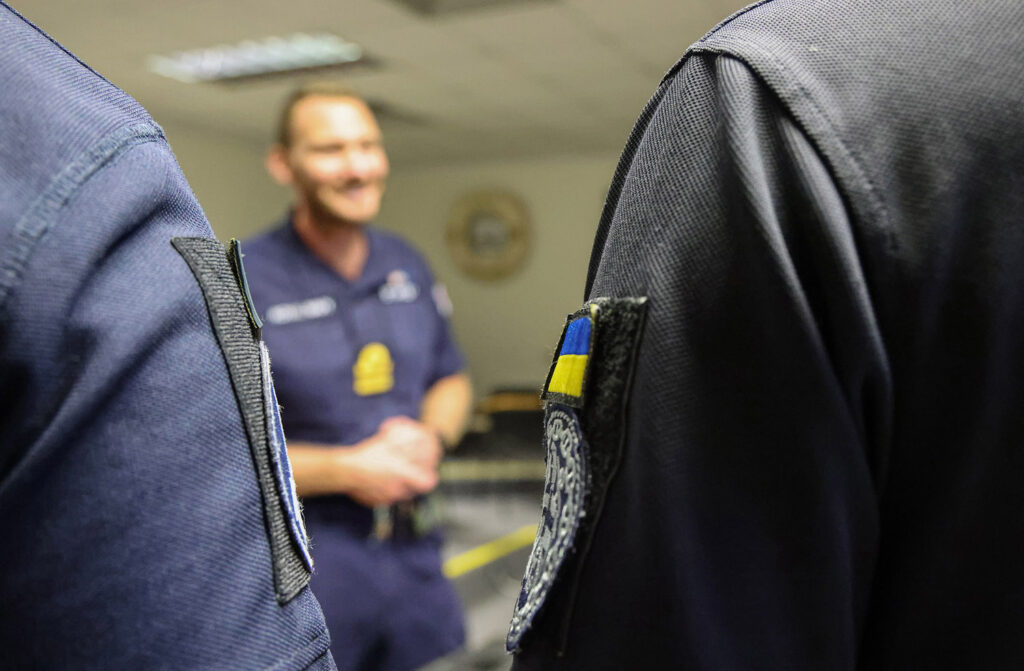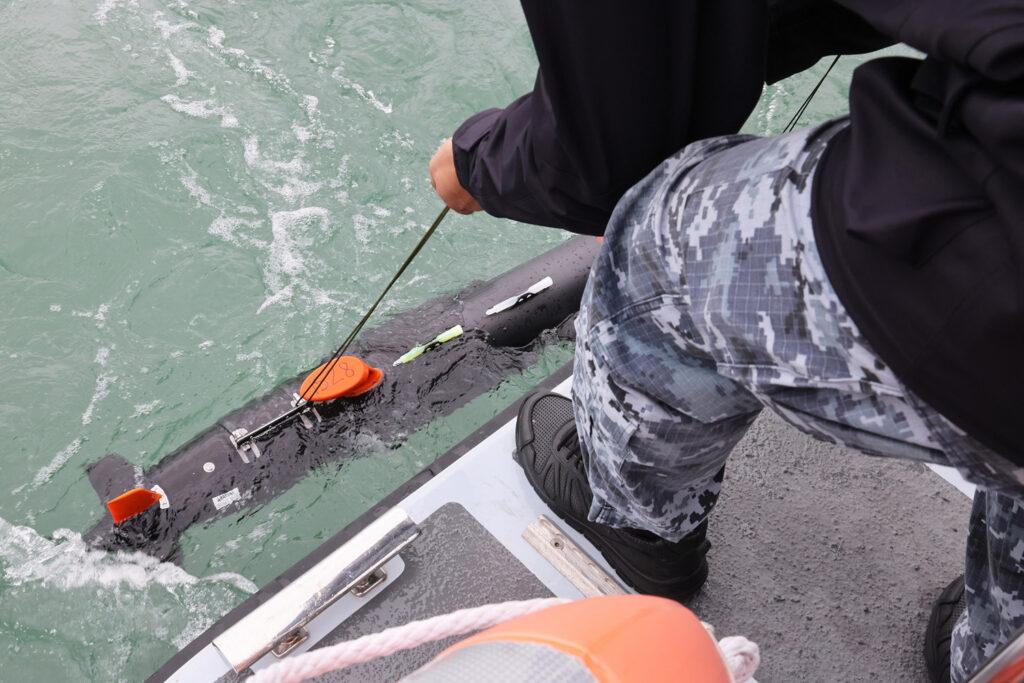First Steel Cut for Navy’s Constellation-Class Frigate
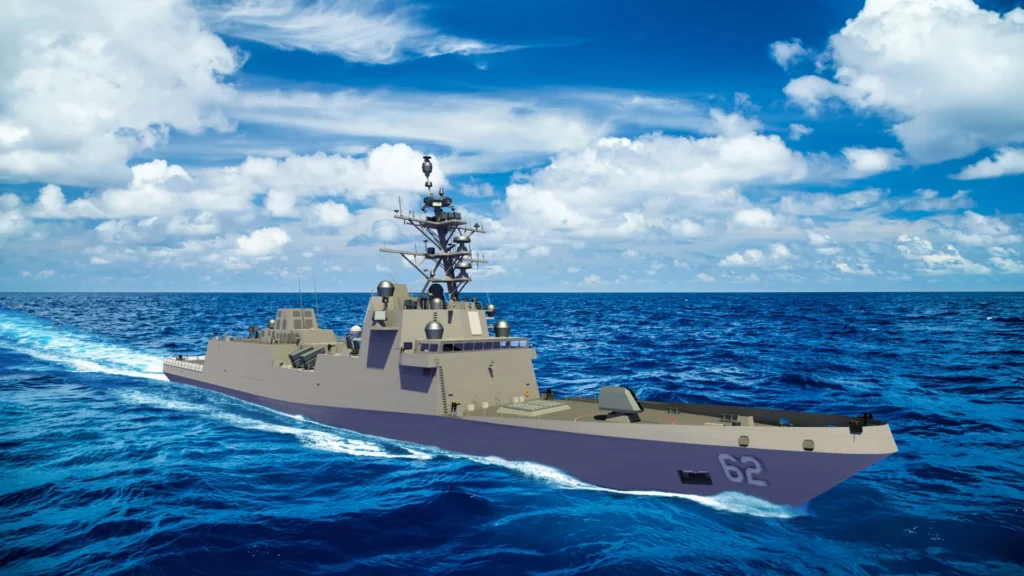
ARLINGTON, Va. — The construction of the U.S. Navy’s next class of guided-missile frigates officially began Aug. 31 with the first steel for the ship cut in a small ceremony at the Fincantieri Marinette Marine Shipyard in Marinette, Wisconsin.
The future USS Constellation (FFG 62) will be the lead ship of a class of at least 20 frigates and is slated for delivery in 2026. The hull of the frigate will be based on the Italian FREMM-class frigate and will be equipped with proven weapons and combat systems.
“There is no doubt that the future USS Constellation and the 19 follow-on ships will bring an out-sized punch to surface warfare patrols with our cruisers, destroyers and littoral combat ships as well as with our allied and partner navies,” said Tommy Ross, performing the duties of the assistant secretary of the Navy for Research, Development and Acquisition, speaking to reporters in an Aug. 29 roundtable at the Pentagon. “We need the capabilities these ships will bring now, and we will need them for decades.”
Ross said the frigate program “reflects many hard lessons learned in proven shipbuilding practices, mature designs in combat systems such as Aegis Baseline 10 to modern life-cycle improvements like land-based testing, conditions-based maintenance, and a fully cyber-resilient architecture. The supporting infrastructure also is well developed.”
The production go-ahead was given by Capt. Kevin Smith, the FFG 62 program manager, after completion of the critical design review in May and the production readiness review in July, said Rear Adm. Casey Moton, program executive officer for Unmanned and Small Combatants.
“We’re excited to begin production,” Moton said.
The admiral said the FFG program strove to reduce risk by using a proven parent design for the hull and non-developmental systems and government program-of-record combat and C4I (command, control, communications, computers and intelligence) systems.
Ross said getting the first ship “up and going” and getting the builder’s shipyard “up in cadence” is step one in building the class of 20 frigates.
“We are in a good place to meet the requirements we have in coming years,” he said.
The Navy has the option of building more than the current program of 20 frigates but is not ready to move on that option, which Moton said would depend on requirements, industrial capacity, and the budget topline.
The admiral stressed that the FFG 62 program is a team effort of the PEO, Fincantieri Marinette Marine, and Gibbs & Cox, which produced the 3D model digital design of the ship. He said the design team met and exceeded the goal of 80% completion at construction start.
The Constellation will be a multi-mission warship that Ross said “gives commanders a lot more options.”
Three Constellation-class FFGs — Constellation (FFG 62), Congress (FFG 63), and Chesapeake (FFG 64) currently are on order. In June, the Navy exercised a contract option to order FFG 64. Marinette Marine is now under contract for those first three FFGs with options for seven more.
Although based on the FREMM frigate, the Constellation will have a longer hull and features modified to meet U.S. Navy standards on reliability, survivability, maintainability, habitability and lethality. The 496-foot-long steel ship will displace 7,300 tons and have a beam of 64.6 feet and a draft of 18 feet. It will be powered by a combination diesel electric and gas turbine propulsion system.
The FFG will feature a Mk41 Vertical Launching System, canister-launched Naval Strike Missiles, Mk110 57 mm gun, RAM Mk49 launcher, CAPTAS-4 variable-depth sonar, TB-37 Multi-Function Towed Array, SQQ-89(V)16 undersea combat system, SLQ-25E Nixie, SLQ-32(V)6 SEWIP Block 2, SPY-6(V)3 FFG Radar, Aegis Baseline 10 combat system, one MH-60R helicopter, one MQ-8C unmanned aerial vehicle, and two 7-meter rigid-hull inflatable boats. Delivery of Constellation is anticipated for 2026.
Smith said the ship was equipped to operate two MH-60Rs or two MQ-8C unmanned aerial vehicles if needed.
The CAPTAS-4 variable-depth sonar (VDS) was selected to replace the Raytheon DART VDS, which was developed for the littoral combat ship’s anti-submarine warfare mission package and which Moton said had some “technical challenges principally in hydrodynamics and transducers.”
Moton made the VDS decision in concert with the shipbuilder and noted the CAPTAS-4 was “pretty close in cost” with the DART VDS.
